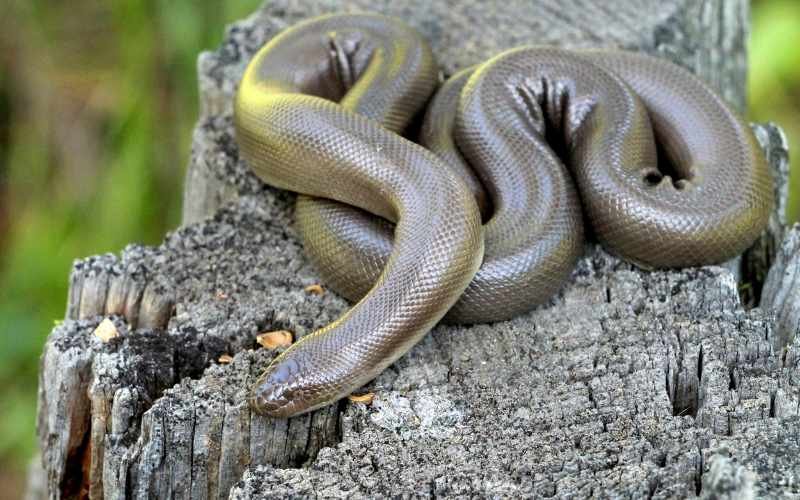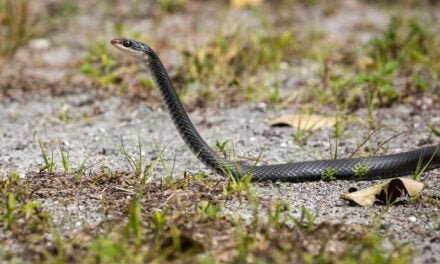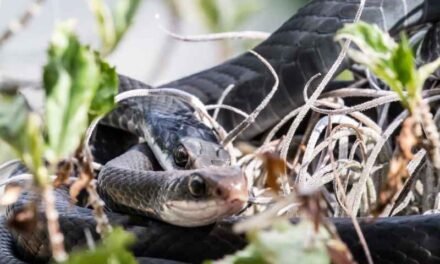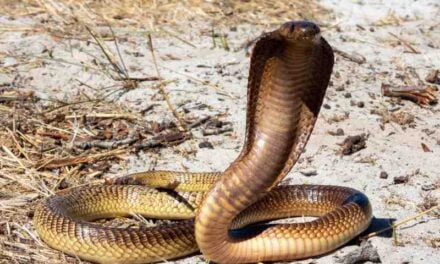Rubber boas, also known as Charina bottae, are tiny, docile, and non-venomous snakes that make excellent pets for snake enthusiasts. They are endemic to North America and may be found in a wide range of environments, including grasslands and forests. Based on my own experience, I will provide my personal suggestions for maintaining a Rubber Boa as a pet in this blog.
Get the right enclosure
The correct enclosure is one of the most crucial components of maintaining a Rubber Boa as a pet. Rubber boas are not very active, therefore they do not require a huge cage. A 20-gallon tank is usually plenty for an adult Rubber Boa. To prevent escape, the cage should be secure and have a tight-fitting cover. Aspen bedding, cypress mulch, or reptile carpet may be used as the substrate. Sand or gravel should not be used as a substrate since they might cause impaction if consumed.
Provide the appropriate temperature and humidity
Rubber boas are adapted to a broad range of temperatures since they are native to a number of regions. They do, however, need a temperature differential in their cage. The enclosure’s heated side should be between 80 and 85 degrees Fahrenheit, while the cool side should be between 70 and 75 degrees Fahrenheit. To produce the temperature gradient, use a heat lamp or an under-tank heating pad.
Rubber Boas need humidity as well. Their cage should have a humidity level of 50-60%. This may be accomplished by watering the cage once or twice daily or by utilizing a reptile humidifier.
Make hiding locations available
Rubber Boas are timid creatures that need a lot of hiding spots in their cage. Hideouts may be created using rocks, logs, or commercial reptile skins. You should also give at least one hide on the warm side and one on the cold side of the enclosure. The Rubber Boa can adjust its body temperature by switching between warm and cold hides.
Make a water dish available
Rubber Boas need a water dish in their cage in order to drink and soak. Every day, the water should be changed to ensure that it is clean and fresh. The water dish should be big enough for the Rubber Boa to soak in without taking up too much room in the cage.
Feed the Rubber Boa as needed
Rubber Boas are predators that eat a range of food such as rodents, birds, and lizards. They may be fed frozen-thawed animals like mice or rats in captivity. The size of the prey object should match the size of the Rubber Boa. As a general guideline, the prey object should be no wider than the Rubber Boa’s broadest region of the body.
Rubber Boas are not extremely active, thus they do not need frequent feeding. Adults should be fed every two weeks, while youngsters should be fed once a week. Before feeding the Rubber Boa, make sure the prey item has been thoroughly thawed and warmed to room temperature.
Handle the Rubber Boa with care
Rubber Boas are gentle snakes that are often easy to handle. They may, however, get stressed if handled excessively or violently. It’s critical to be cautious and slow while handling your Rubber Boa. Support its full body and prevent over-squeezing or grasping it.
To prevent transferring germs or illnesses, wash your hands before and after handling your Rubber Boa, as well as any surfaces or things that come into touch with the snake.









